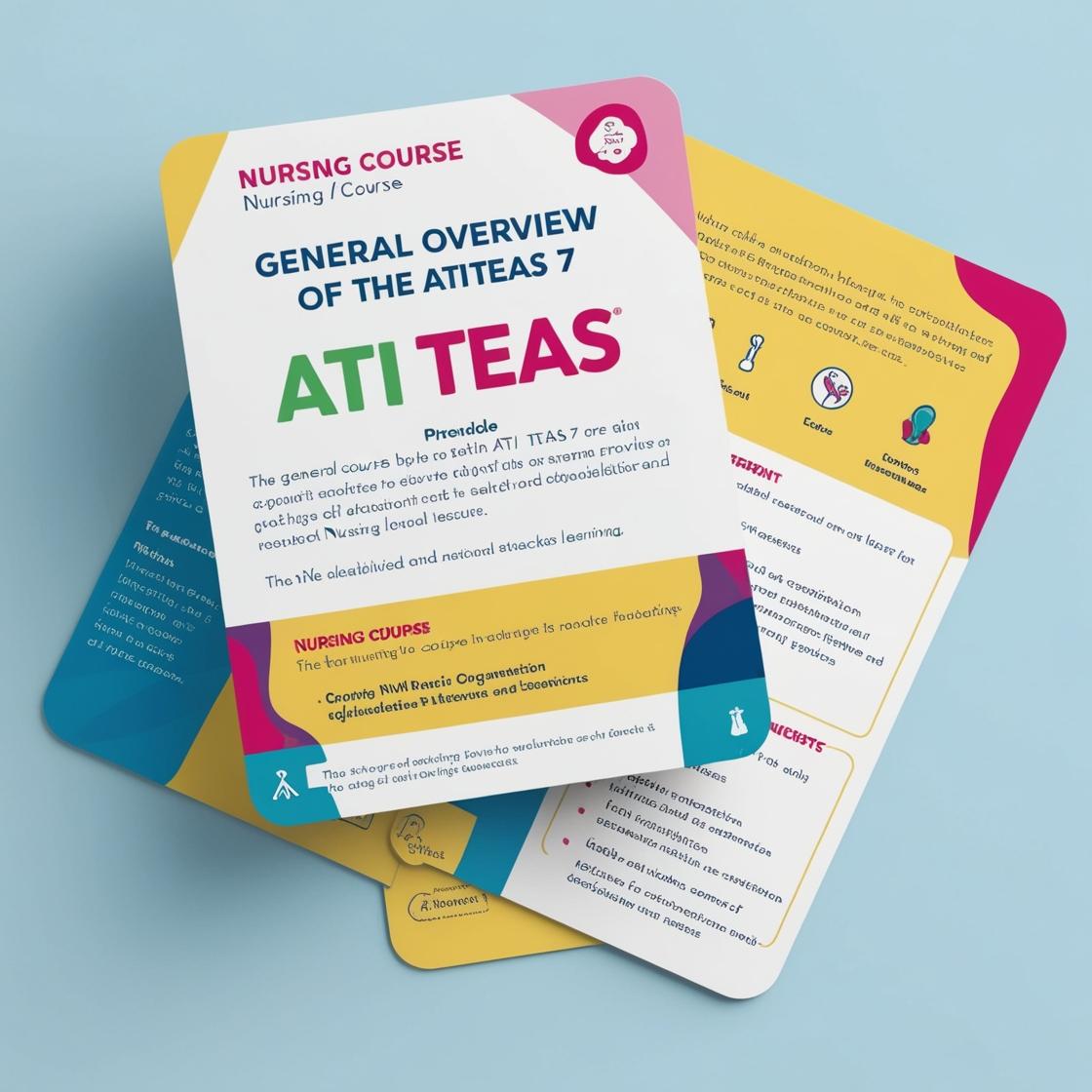ATI TEAS 7
Metric Conversions for TEAS 7
1. What is equivalent to 1 L?
- A. 1 kilogram
- B. 1 quart
- C. 1 milliliter
- D. 1000 milliliters
Correct answer: D
Rationale: 1 liter is equivalent to 1000 milliliters. This conversion is based on the fact that 1 liter equals 1000 milliliters, a standard metric relationship. Choice A is incorrect because a kilogram is a unit of mass, not volume. Choice B, 1 quart, is a non-metric unit of volume and is not equivalent to 1 liter. Choice C, 1 milliliter, is too small to be equivalent to 1 liter; it takes 1000 milliliters to make up 1 liter.
2. How many grams are in 1 kilogram?
- A. 10 grams
- B. 100 grams
- C. 1,000 grams
- D. 10,000 grams
Correct answer: C
Rationale: The correct answer is C: 1,000 grams. The metric system follows a logical conversion where 1 kilogram is equal to 1,000 grams. This conversion is a fundamental concept in understanding units of measurement. Choices A, B, and D are incorrect because they do not accurately reflect the conversion between kilograms and grams. Option A (10 grams) is incorrect as it represents 1/100th of the correct conversion. Option B (100 grams) is also incorrect as it represents 1/10th of the correct conversion. Option D (10,000 grams) is significantly higher than the actual conversion, making it incorrect. Understanding these basic unit conversions is essential for various fields where precise measurements are necessary.
3. How many millimeters are in 0.75 centimeters?
- A. 7.5 mm
- B. 0.75 mm
- C. 75 mm
- D. 75 cm
Correct answer: C
Rationale: To convert centimeters to millimeters, you need to multiply by 10 since there are 10 millimeters in a centimeter. Therefore, 0.75 centimeters equals 0.75 x 10 = 7.5 millimeters, not 75 millimeters (Choice C). Choice A (7.5 mm) is the correct conversion, while Choice B (0.75 mm) and Choice D (75 cm) are incorrect conversions.
4. What is 0.5 liters in ml?
- A. 500 ml
- B. 50 ml
- C. 5 ml
- D. 0.5 ml
Correct answer: A
Rationale: The correct answer is A: 500 ml. To convert liters to milliliters, you multiply the number of liters by 1000 because 1 liter is equal to 1000 milliliters. Therefore, 0.5 liters x 1000 = 500 milliliters. Choices B, C, and D are incorrect because they do not correctly convert 0.5 liters to milliliters based on the conversion factor of 1000 ml per liter.
5. What is the result of multiplying 0.15 by 60?
- A. 9
- B. 15
- C. 45
- D. 60
Correct answer: A
Rationale: The correct answer is A: 9. To find the result of multiplying 0.15 by 60, you simply multiply the two numbers together. 0.15 * 60 = 9. This calculation involves basic multiplication. Choices B, C, and D are incorrect as they do not reflect the correct product of 0.15 and 60. Understanding how to multiply decimals and whole numbers is essential in various real-life scenarios such as calculating percentages or adjusting measurements.
Similar Questions

Access More Features
ATI TEAS Premium Plus
$149.99/ 90 days
- Actual ATI TEAS 7 Questions
- 3,000 questions with answers
- 90 days access
ATI TEAS Basic
$99/ 30 days
- 3,000 Questions with answers
- 30 days access
